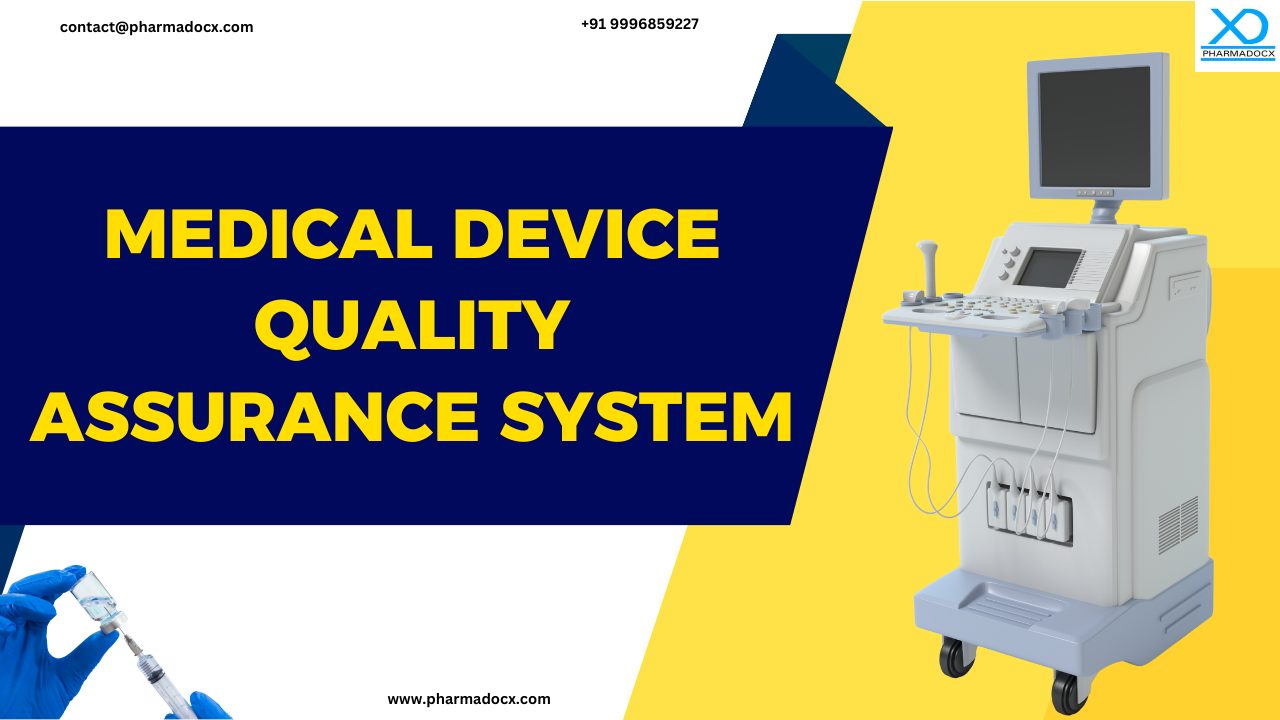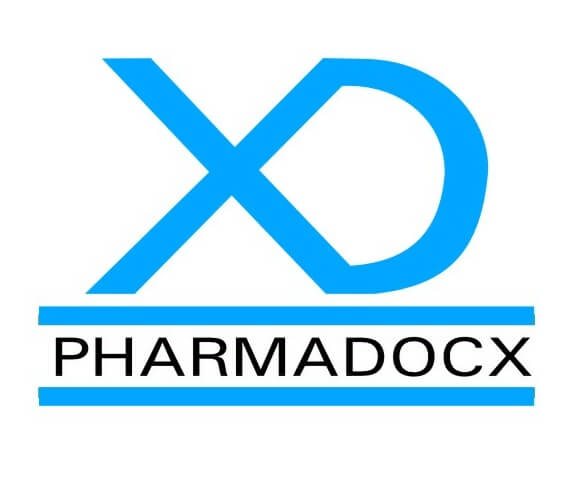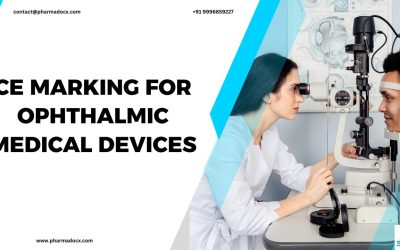Quality assurance (QA) has a pivotal role in ensuring the safety, efficacy, and reliability of medical devices throughout their entire lifecycle. It covers conception and development to manufacturing, distribution, and post-market surveillance of medical devices. Medical device quality assurance is a systematic and proactive framework that ensures devices consistently meet predefined quality and regulatory standards. QA ensures that devices perform reliably and safely under real-world conditions. Thus, it has a role in ensuring patient safety, regulatory compliance, and product reliability.
What is medical device quality assurance?
Medical device quality assurance (QA) is a systematic and comprehensive set of processes, procedures, and activities. QA is implemented to ensure medical devices are designed, manufactured, and distributed as per applicable stringent quality standards and regulatory requirements. Medical device QA aims to guarantee the efficacy, safety, and reliability of medical devices throughout their lifecycle.
Quality assurance is necessary to ensure medical devices are of consistently uniform and high quality. It is a multidimensional approach that covers various stages of a medical device’s lifecycle.
Why does quality assurance matter?
- Regulatory approval: Facilitates smooth application to authorities, such as CDSCO, FDA, and Health Canada.
- Patient safety: Prevents harm by ensuring device safety, reliability, and performance.
- Increased market access: Builds trust with stakeholders and accelerates global expansion.
- Continuous improvement: Drives innovation while maintaining compliance.
What is the difference between medical device quality control and quality assurance?
Both quality control and quality assurance are essential components of comprehensive medical device quality management. Medical device QA is a framework of systematic approaches that ensure uniform and high-quality medical devices are consistently manufactured. In contrast, medical device QC focuses on procedures used to test the quality and performance of devices throughout their lifecycle.
- Focus: Quality assurance is process oriented. Whereas, quality control is product-oriented.
- Timing: QA is preventive and follows a proactive approach. On the other hand, QC is detective and follows a reactive approach.
- Goal: QA focuses on avoiding defects. In contrast, QC identifies and fixes defects.
Hence, QA and QC work together to ensure high-quality, safe, and effective devices that comply with relevant requirements are consistently manufactured.
What are the key components of medical device quality assurance?
Medical device quality assurance is crucial for ensuring consistent product safety, quality, and efficacy. It focuses on design control, risk management, and regulatory compliance. Stringent testing, thorough documentation, and adherence to international standards form the core of medical device QA.
10 key components of medical device QA
- Design control: The design and development of a medical device must adhere to established standards, specifications, and user needs. This covers rigorous documentation of design processes, risk assessment as well as verification and validation activities.
- Supplier management: Evaluating and selecting suppliers who meet quality standards and benchmark. They should be able to consistently provide materials and components that meet specifications. Raw material and component quality will impact final product quality. Hence, managing supplier relationships is crucial for maintaining consistent overall product quality.
- Medical device manufacturing process control: Monitoring and controlling the medical device manufacturing process ensures device production that consistently meets established specifications. Quality control checks, inspections, and validation of manufacturing equipment form a part of this component of medical device QA.
- Regulatory compliance: QA warrants adherence to regulatory standards laid down by regulatory bodies. Compliance with regulatory guidelines will ensure the medical devices are safe and effective for use.
- Quality management systems (QMS): Implementing a robust and effective quality management system (QMS) will help standardize processes, maintain documentation, and ensure continuous improvement. QMS covers procedures for design control, risk management, and process validation.
- Risk management: Identifying and mitigating risks associated with medical devices lies at the core of medical device quality assurance. These strategies help minimize potential adverse events and ensure patient safety.
- Validation and verification: Conduct thorough evaluations and validation activities to ensure the device performs as intended. It should meet predetermined specifications. Verification focuses on confirming the device meets design requirements. On the other hand, validation demonstrates the suitability of the device for the intended use.
- Post-market surveillance: QA also demands a robust post-market surveillance system. The performance of medical devices in the market has to be continuously monitored to identify and address any issues that may arise after the devices reach the end users.
- Nonconformance management: Process should be in place to identify, investigate, and resolve events in case the products or processes fail to meet quality specifications.
- Documentation and record keeping: Medical device QA requires comprehensive documentation of all activities related to medical device design, development, manufacturing, and distribution. These documents demonstrate compliance and can be audited by regulatory authorities.
Importance of an effective medical device quality assurance system
In the highly regulated medical device industry, having an effective medical device quality assurance system is crucial for regulatory compliance and patient safety.
- Patient safety: QA ensures medical devices perform reliably and safely under real-world conditions. It helps avoid malfunctions that could lead to injury, misdiagnosis, or treatment failure. Hence, ensuring patient safety is an import aspect of an effective medical device quality assurance system.
- Regulatory compliance: Regulatory authorities demand medical device companies to have a robust QA system. QA supports documentation, traceability, and audit readiness, which are all essential for regulatory market approval. In absence of QA system, companies will face penalties, recalls, or even regulatory sanctions.
- Product quality and consistency: QA ensures that every medical device meets the same high standards, regardless of the batch. Moreover, it reduces variability in manufacturing and helps maintain brand reputation. Reliable and effective devices will be consistently manufactured.
- Continuous improvement: QA systems include feedback loops, such as corrective and preventive actions (CAPA) and internal audits. These mechanisms help identify root causes of issues, mitigate them, and prevent them from recurrence.
- Global market access: A strong QA system makes it easier to meet diverse global regulatory expectations. Hence, it facilitates easier global expansion with compliance-ready documentation and systems.
- Stakeholder confidence: QA demonstrates commitment to safety and quality. Hence, it helps build trust with patients, clinicians, and regulators.
- Competitive advantage: A strong QA provides a competitive advantage over companies lacking the QA system.
- Improves brand reputation: QA reduces chances of recalls and penalties to enhance your brand credibility.
- Reduced expenditure: By avoiding defects and quality issues, QA can reduce the costs associated with recalls, rework, and product liability.
Why should you partner with Pharmadocx Consultants for medical device quality assurance implementation?
- We have extensive knowledge of regulatory guidelines and in-depth industry expertise. We help medical device companies easily comply with all applicable regulatory guidelines. We will guide you and help you easily navigate the medical device regulatory guidelines.
- Our team will assist in designing, implementing, and optimizing your quality management system (QMS) per ISO 13485 guidelines. We will tailor your QMS to your business requirements and product risk profiles.
- We conduct supplier audits and ensure vendor compliance management.
- Our team will conduct thorough internal audits and gap analysis to identify areas of non-compliance.
- We will integrate risk assessment strategies in line with ISO 14971 guidelines across all product lifecycle stages.
- We will ensure your system and processes are audit-ready and capable of sustaining long-term regulatory compliance.
- Our team will provide assistance with CAPA implementation.
- Our team will help implement an effective medical device quality assurance system.
Want to build an effective and robust medical device quality assurance system? Email at [email protected] or call/Whatsapp on 9996859227 to implement an effective medical device QA system.





